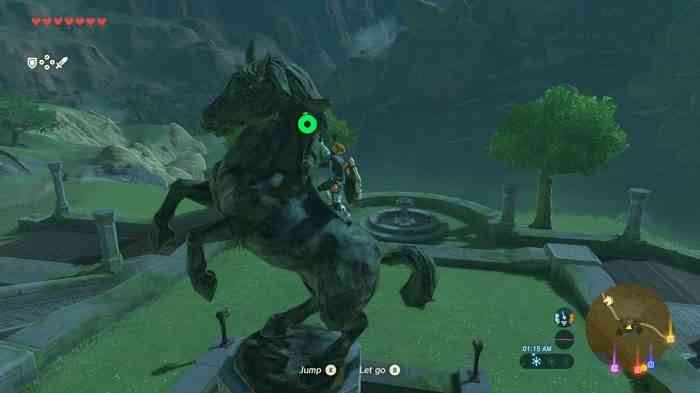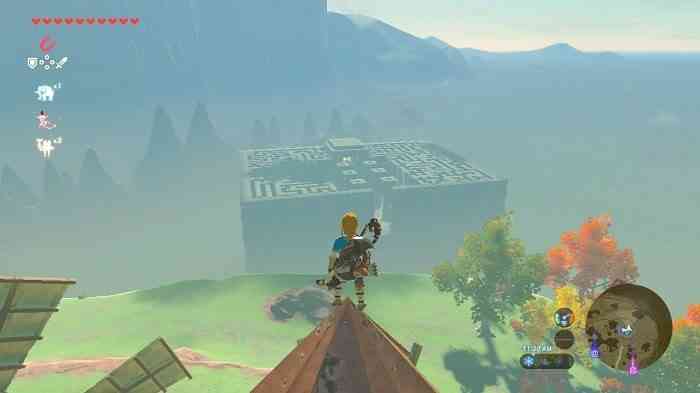5 – Personal Experiences
In previous entries of the Zelda series, the linearity of its gameplay often drove home the fact that you were tracing a path that thousands of other players would also take. But The Legend of Zelda: Breath of the Wild was built on the premise of giving players a unique experience, and its bare-bones tutorials are an example of that. Gone is the hand-holding of its predecessor — this game makes you feel as if you are discovering everything yourself.
Breath of the Wild gets better as you set your own goals in it and play by your own rules. I found eggs to be a great source of health in the early minutes of the game and began climbing every large tree I could, hoping to find nests. I lamented the fact that I didn’t have some sort of “egg sensor” — imagine my joy when I unlocked an item sensor later on, but also my disappointment when it didn’t work. I found out that harassing Cuccos make them drop eggs, so I’ve got the motherload now.

Have I mentioned that I think cooking is the most delightful feature of Breath of the Wild? Nothing teaches you how to cook; you even have to figure out how to select ingredients. The combinations are remarkable with the variety of foodstuffs, and trying a new recipe is always a satisfying surprise. I finally accomplished a goal of mine yesterday — I figured out how to bake bread. Eggs, wheat, and rock salt. It’s the little things, you know?
With its open world, you know you are carving your own path through the game, be that a meandering one or a speedrun. You can play the game how you want and really make it yours as you discover magical hidden areas, defeat an enemy in an unconventional way, or blast your way through a puzzle. The best parts of Breath of the Wild are the small, personal moments in the game. It is you deflecting a guardian’s laser with a shield for the first time, it is you placing apples before long-abandoned statues at the top of a mountain to greet a tree spirit. It is your friend sneaking in and out of Hyrule Castle before facing any of the Divine Beasts just to get the Hylian shield.
It is through this lack of guidance that the game places itself in its players’ hands.
6 – The Narrative (The ONE Thing it Kept)
With all of these changes, it might be easy to think that Breath of the Wild is not a Zelda game at all. And it is very different — Breath of the Wild may have killed many Zelda conventions relentlessly but left one significant one relatively intact. At its core, narratively, it has remained the same. You still play as Link, and you must find Zelda to defeat Ganon and save the land of Hyrule.
True to form, Breath of the Wild packs in a twist to this old story — it has been a hundred years after you failed to defeat the evil the first time, and a land that had been laid to waste has already begun recovering. The eccentric inhabitants of Hyrule still have their sense of humor, but they are also hoping for something better. There is a whole town of Sheikah this time around, and the Rito and the Zora exist alongside each other.

Breath of the Wild goes backward while telling the same story — Link starts off as a blank slate and remembers what happened in the past alongside the player. It remembers the conventions of the past games while burying them — there is still a sword waiting for you in the woods. There are still the whispered legends of previous princesses and their knights. There is still a Zora princess who loves you. But Breath of the Wild is about fighting alongside the dead one last time before moving on and finding a new way forward.
And I, for one, cannot wait to see what the future of the Legend of Zelda series looks like.